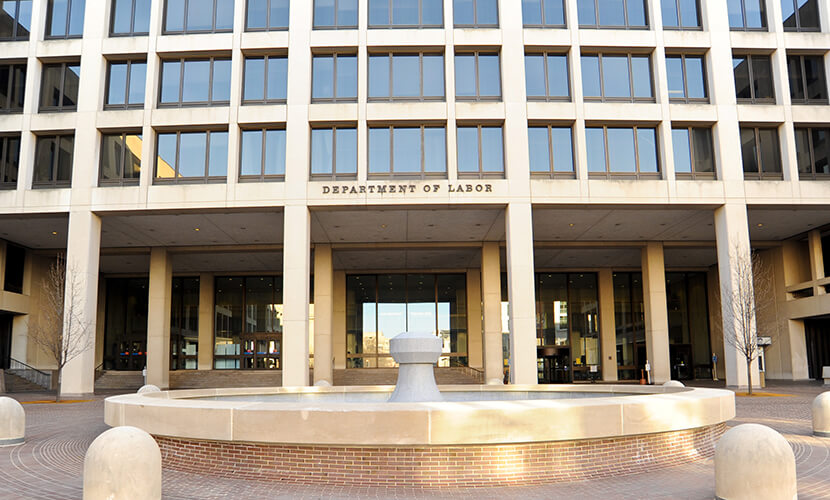Insight Paper September 26, 2016
Understanding the New Department of Labor Conflict of Interest Rules
Controversial DOL Conflict of Interest Rules are now a reality causing some firms to change their business practices and / or product offerings. How will your firm evolve to operate in this new environment?
Beginning in 2009, the Department of Labor undertook a multi-year regulatory project to address the problems with conflicts of interest in investment advice, balancing the need to better protect retirement savings while minimizing disruptions to the many good practices and good advice that the industry provides.*
After careful consideration of the issues raised by the written comments, hearing testimony, and the extensive public record, the Department adopted a final rule and related final exemptions. The final rule defines who is a fiduciary investment adviser, while accompanying prohibited transaction class exemptions allow certain broker-dealers, insurance agents, and others that act as investment advice fiduciaries to continue to receive a variety of common forms of compensation as long as they are willing to adhere to standards aimed at ensuring that their advice is impartial and in the best interest of their customers.
Going forward, those that provide investment advice to plans, plan sponsors, fiduciaries, plan participants, beneficiaries, IRAs, and IRA owners must either avoid payments that create conflicts of interest or comply with the protective terms of an exemption issued by the Department. Under new exemptions adopted with the rule, firms will be obligated to acknowledge their status and the status of their individual advisers as “fiduciaries.” Firms and advisers will be required to make prudent investment recommendations without regard to their own interests, or the interests of those other than the customer; charge only reasonable compensation, and make no misrepresentations to their customers regarding recommended investments.
Together, the rule and exemptions impose basic standards of professional conduct that are intended to address an annual loss of billions of dollars to ordinary retirement investors as a result of conflicted advice.
How Will the Conflict of Interest Rule Affect Your Business?
Impact differs by business segment: broker dealer, RIA, or Insurance. Independent broker-dealers who currently operate under a standard that only requires that investment advice be “suitable” face the greatest change. They’ll need new administrative processes and investments in technology and training to meet the rule’s requirements. Many IDBs will face changes in how they are paid.
RIAs, already held to a fiduciary or “best interest’’ standard, will have small operational changes to make to serve retirement plans and IRAs. They’ll need additional documentation under the DOL to show how clients’ interests are being put first. That could be challenging with 401(k) rollovers, for instance, if the fees the client will owe the RIA for managing the IRA will be greater than the existing plan’s fees.
In insurance, the DOL rule will force financial advisers to satisfy the Best Interest Contract Exemption (BICE) conditions in order to sell variable annuities and indexed annuities in qualified accounts. As a result, sales of these high-commission annuity products are expected to slow.
- Compliance with the rule will require firms to identify covered accounts:
- Determine whether prohibited transaction exemptions or other relief is necessary
- Review policies vis-à-vis new requirements and update accordingly
- Review selling agreements for compensation structure and allocation of roles and risks in tri-party agreements
- Determine approved services and develop and test compliance/supervisory procedures
- Identify impact to supporting application systems and procedures
- Conduct both home-office and adviser training
- Develop compliant agreements and disclosures (including providing easy client access)
- Track deployment of compliant agreements and disclosures
- Establish and implement compliance reporting processes
Conflict of Interest Rule Implementation Timeline
The below is a snapshot of the implementation table for the conflict of interest rule.
| Date | Event |
| April 8, 2016 | Final rule published in federal register |
| June 7, 2016 | Rule becomes effective |
| September 29, 2016 | Latest date congress could pass a joint resolution of disapproval |
| April 10, 2017 | Phase 1 compliance required |
| Jan 1, 2018 | Phase 2 compliance required |
* Reference – Department of Labor fact sheet
References
United States Department of Labor Employee Benefits Security Administration Fact Sheet
Conflict of Interest Final Rule


